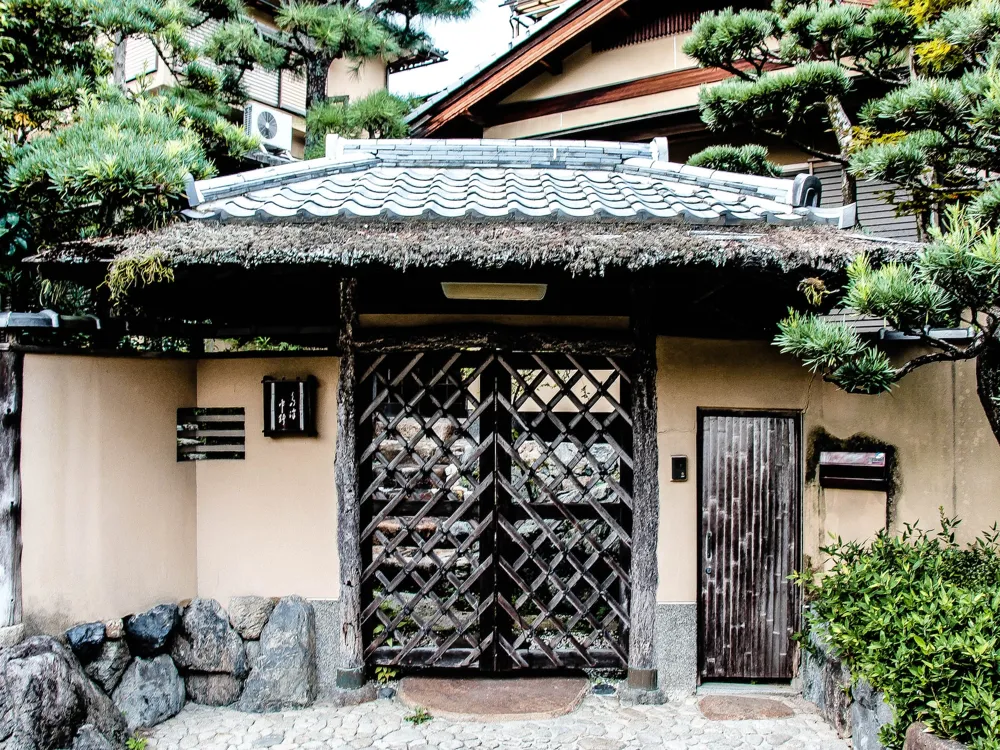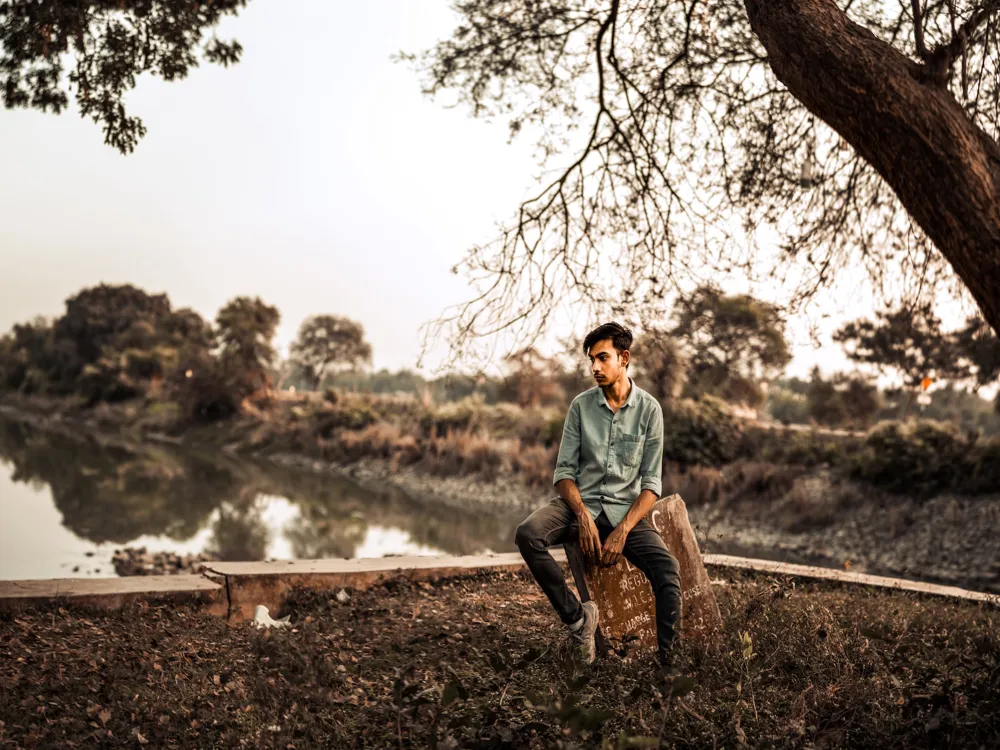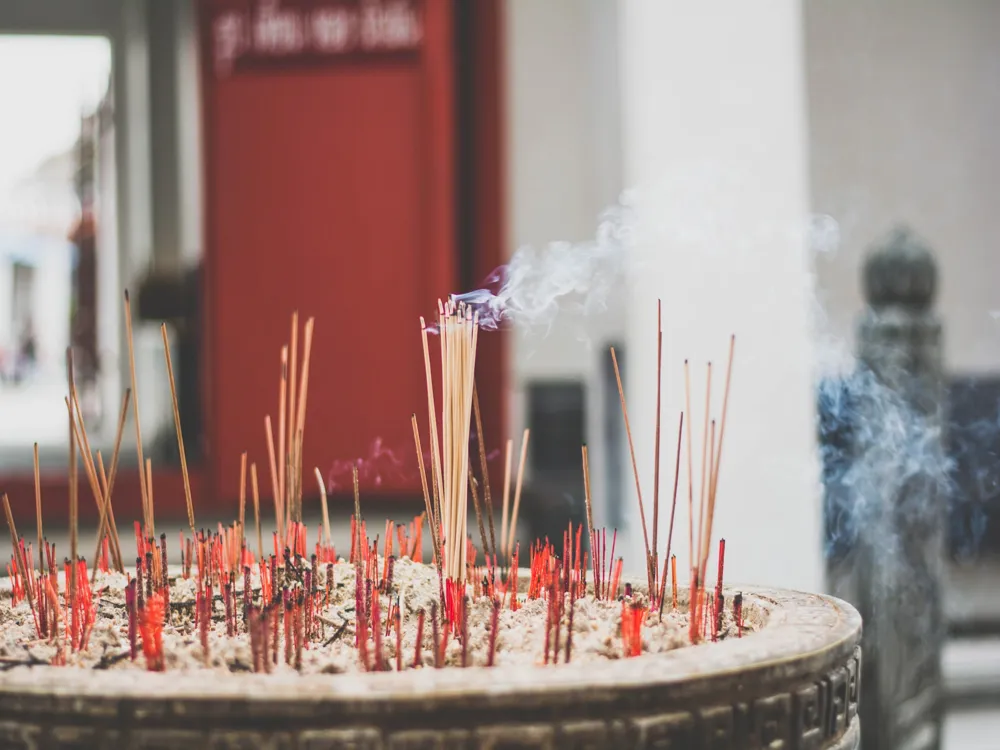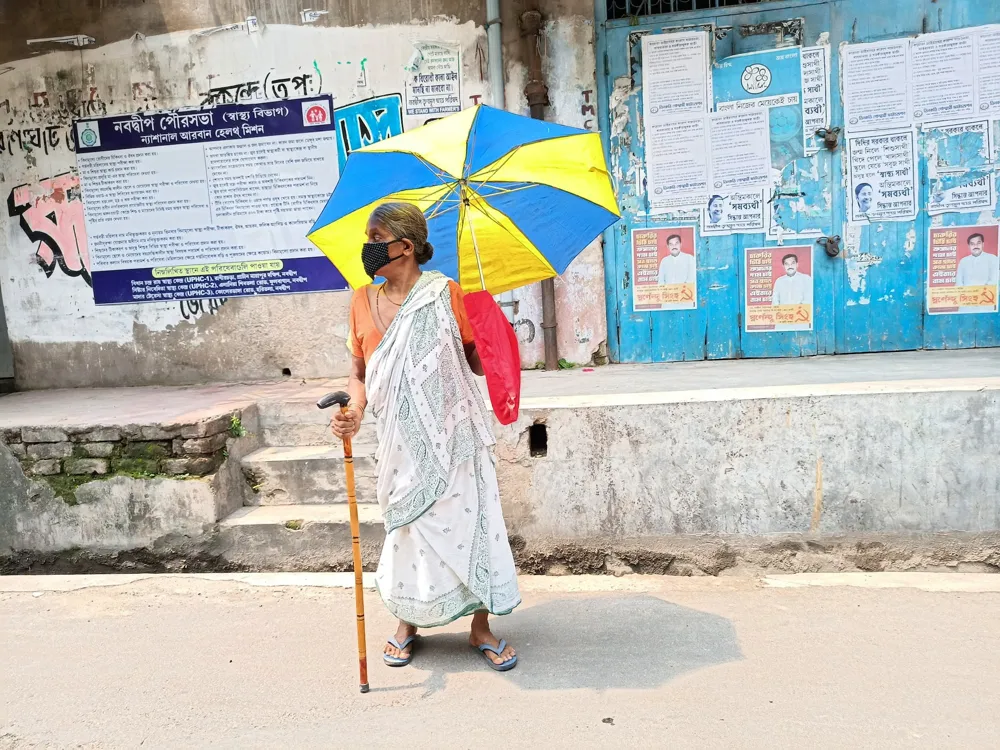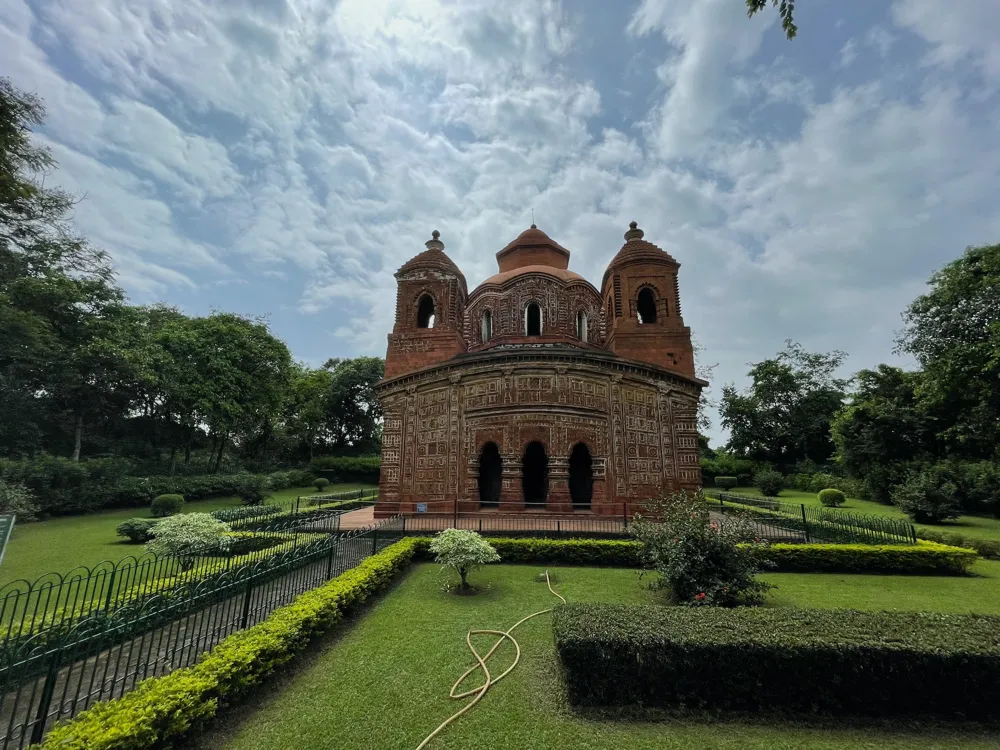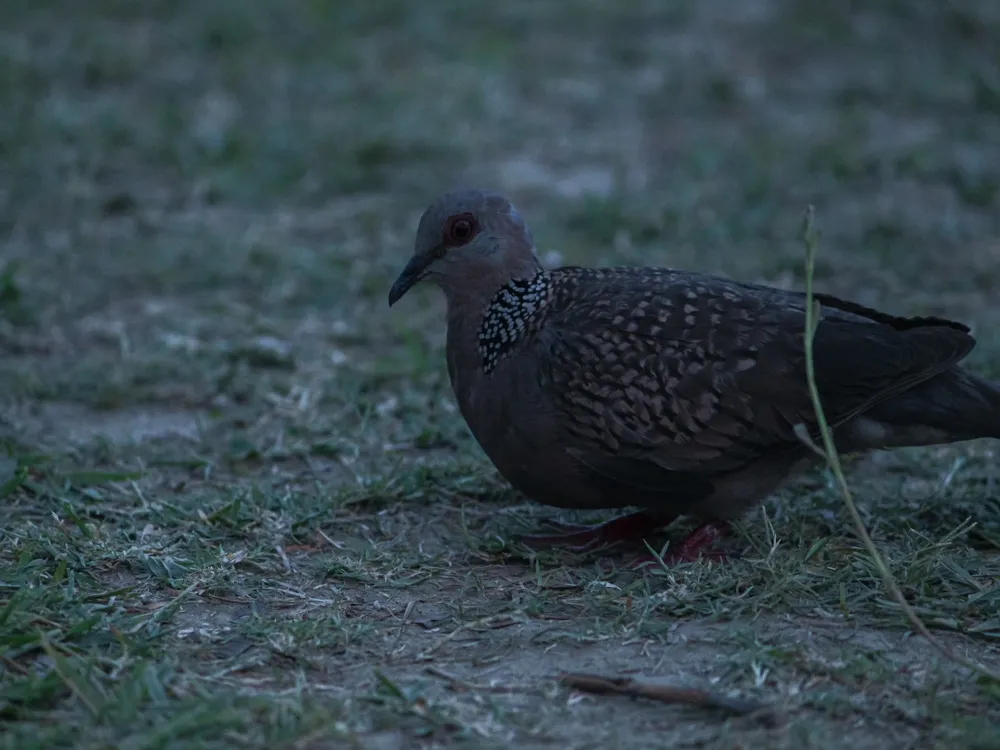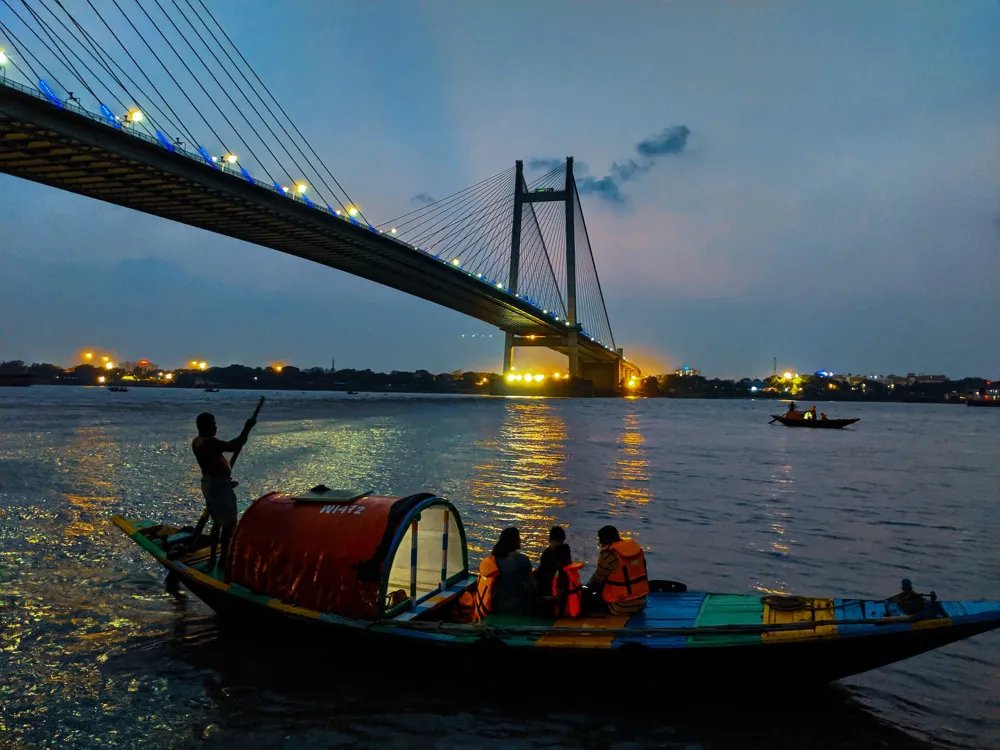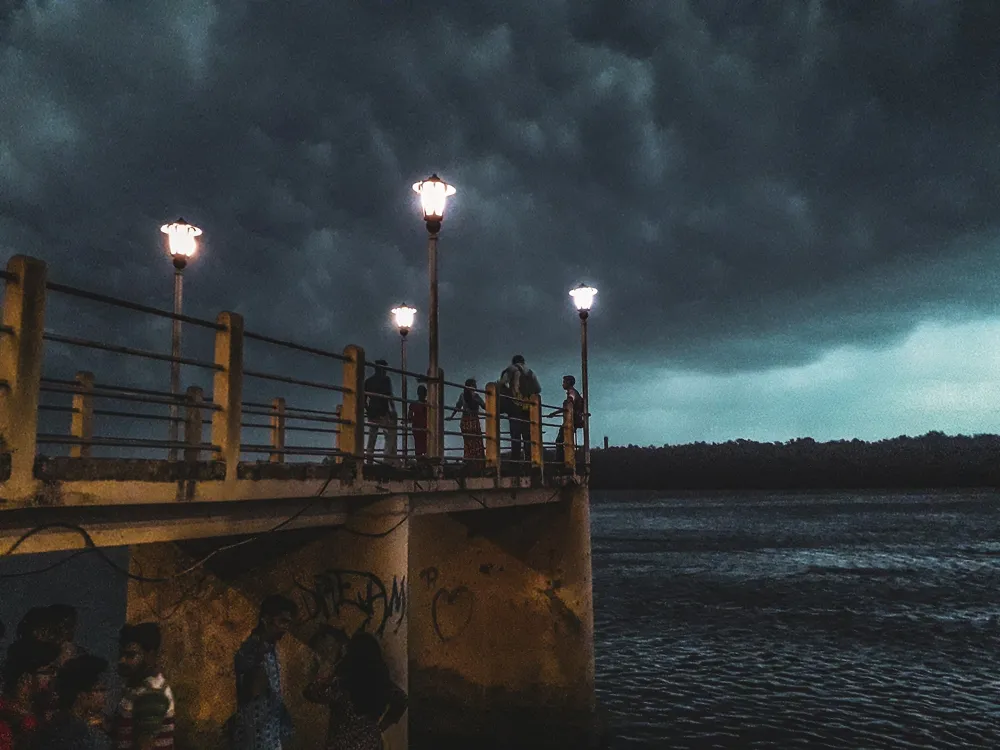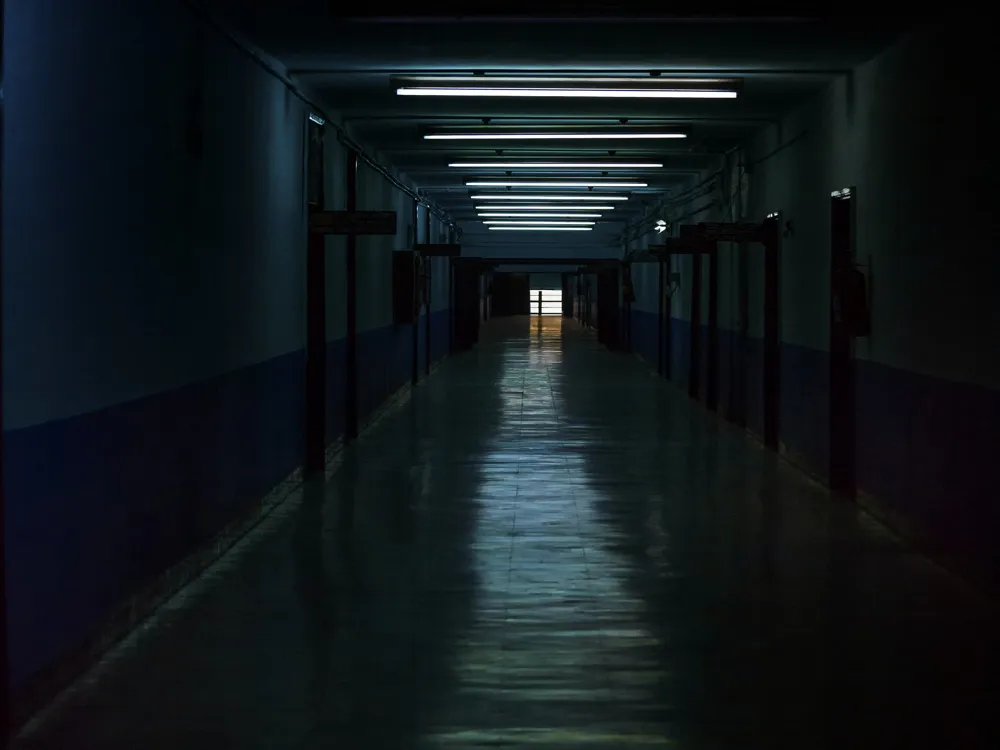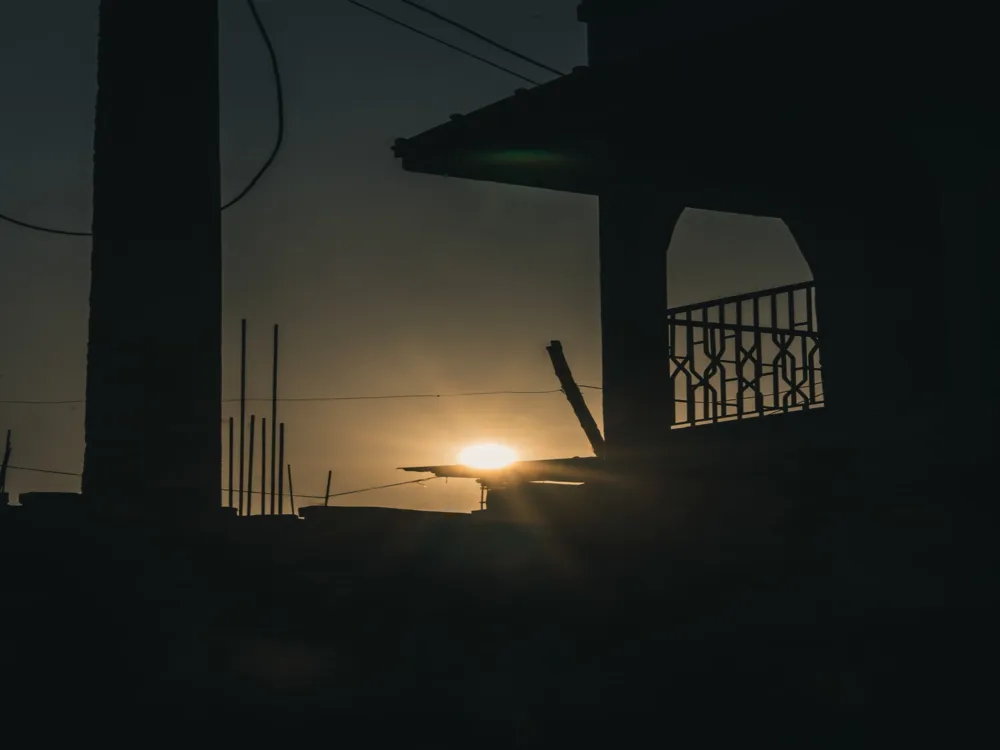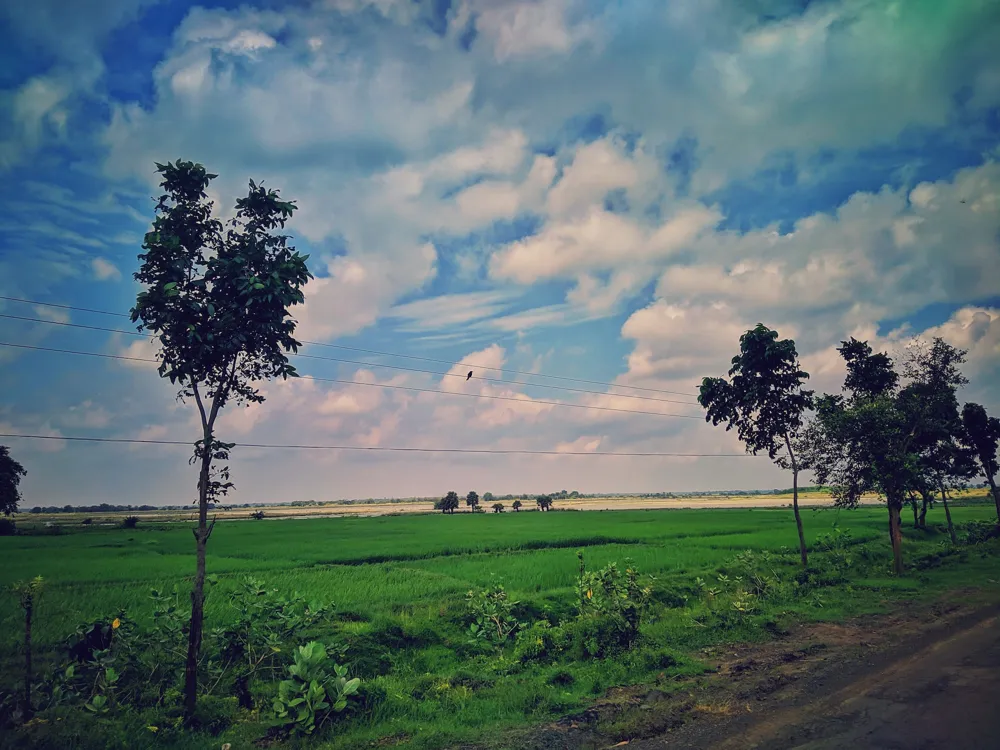The Tomb of Sher Afghan in Bardhaman, West Bengal, is a remarkable historical monument that stands as a testament to the rich cultural and architectural heritage of India. This mausoleum, dedicated to Sher Afghan, a nobleman in the court of Emperor Jahangir, is not just a burial site but a symbol of the historical confluence of various cultures and traditions that shaped early 17th-century India. Sher Afghan, originally named Qutbuddin Koka, was known for his bravery and was a figure of considerable importance in the Mughal court. His tomb, located in Bardhaman, a town with deep historical roots, draws visitors from all over the world. The significance of this site lies not only in its historical relevance but also in its architectural splendor, offering a glimpse into the artistry and craftsmanship of the Mughal era. Spanning over a period of more than four centuries, the Tomb of Sher Afghan has withstood the test of time, echoing stories of the past and offering insights into the Mughal era's socio-political landscape. The site represents a blend of architectural styles, with influences from Persian and Indian designs, creating a unique visual and cultural experience for its visitors. The architectural design of the Tomb of Sher Afghan is a fascinating amalgamation of Persian and Indian styles, characteristic of the Mughal era. The mausoleum exhibits typical features of Mughal architecture, including intricate carvings, detailed ornamentation, and balanced geometrical structures. The main structure is built on a raised platform, surrounded by lush gardens that follow the Charbagh layout, a Persian-style garden layout that symbolizes the four rivers of paradise. The tomb's façade is adorned with intricate stonework and carvings, which include floral motifs and geometric patterns, reflecting the influence of Islamic art. The use of red sandstone and marble in the construction gives the monument a majestic and enduring presence. The central dome, a key element of Mughal architecture, sits atop the structure, complemented by smaller domed pavilions at the corners, showcasing the architectural grandeur of the period. Inside, the tomb chamber is a serene space, with walls that narrate stories of the past through their carvings and inscriptions. The precision of the craftsmanship is evident in every corner, from the detailed jali work (lattice screens) that allows light to filter in, creating a play of light and shadow, to the elaborate floral designs that adorn the interior. Visiting the Tomb of Sher Afghan during the cooler months from October to March is ideal, as the weather is more pleasant, making it easier to explore the site comfortably. As a historical monument, it's important to show respect by maintaining decorum and avoiding loud noises. Photography may be restricted in certain areas, so it's advisable to check for signage or ask for permission. Opting for a guided tour can enhance your experience as local guides provide in-depth historical insights and interesting anecdotes about the Tomb of Sher Afghan. The Tomb of Sher Afghan in Bardhaman is easily accessible from major cities in West Bengal. The nearest airport is Netaji Subhash Chandra Bose International Airport in Kolkata, about 100 kilometers away. From the airport, visitors can hire taxis or use public transportation to reach Bardhaman. For those preferring to travel by train, Bardhaman has its own railway station, well-connected to major cities. Once in Bardhaman, local transportation such as taxis, auto-rickshaws, or buses can be used to reach the tomb.Overview of the Tomb of Sher Afghan in Bardhaman, West Bengal
Architecture of the Tomb of Sher Afghan
Tips When Visiting the Tomb of Sher Afghan
Best Time to Visit
Respecting the Site
Guided Tours
How To Reach the Tomb of Sher Afghan
Tomb of Sher Afghan
Bardhaman
West Bengal
NaN onwards
View bardhaman Packages
Bardhaman Travel Packages
View All Packages For Bardhaman
Top Hotel Collections for Bardhaman

Private Pool

Luxury Hotels

5-Star Hotels

Pet Friendly
Top Hotels Near Bardhaman
Other Top Ranking Places In Bardhaman
View All Places To Visit In bardhaman
View bardhaman Packages
Bardhaman Travel Packages
View All Packages For Bardhaman
Top Hotel Collections for Bardhaman

Private Pool

Luxury Hotels

5-Star Hotels

Pet Friendly









